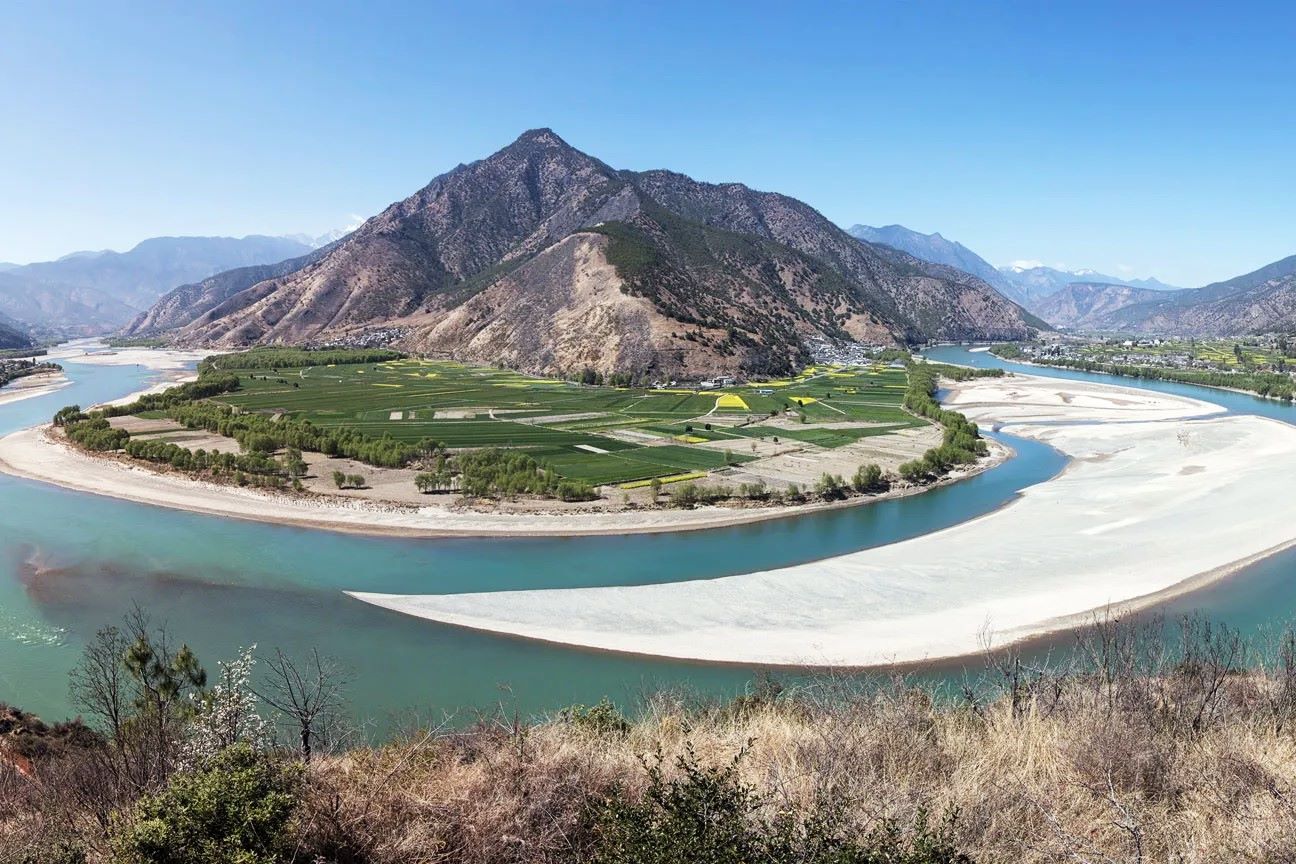
Arsendescloizite is a fascinating mineral that often captures the interest of geologists and collectors alike. Found primarily in oxidized zones of lead-zinc deposits, this mineral boasts a unique composition and striking appearance. But what exactly makes arsendescloizite so special? Its vibrant green to yellow-green color, combined with its rarity, makes it a prized specimen. Beyond its beauty, arsendescloizite has a complex chemical structure that intrigues scientists. This mineral is not just a pretty face; it tells a story of geological processes and environmental conditions. Want to learn more about arsendescloizite? Here are 30 facts that will deepen your understanding and appreciation of this remarkable mineral.
Key Takeaways:
- Arsendescloizite is a rare, visually distinctive mineral with unique properties. It's primarily of interest to collectors and researchers due to its rarity, striking appearance, and scientific significance.
- The mineral can provide insights into geochemical processes, serve as an indicator of mineralization, and help understand the behavior of arsenic in the environment. It's found in notable locations worldwide, including Namibia, Mexico, and the United States.
What is Arsendescloizite?
Arsendescloizite is a rare mineral that fascinates geologists and mineral enthusiasts alike. It belongs to the vanadate group and is known for its unique properties and striking appearance. Let's dive into some intriguing facts about this mineral.
-
Arsendescloizite is a vanadate mineral that contains arsenic and zinc. Its chemical formula is Zn(AsO4)(OH).
-
This mineral was first discovered in Tsumeb, Namibia, a location famous for its rich mineral deposits.
-
Arsendescloizite typically forms in the oxidized zones of zinc and lead deposits, where it can be found alongside other secondary minerals.
-
The mineral often appears in crusty or fibrous aggregates, making it visually distinctive and easy to identify.
-
Its color ranges from yellow to greenish-yellow, sometimes even appearing brown, depending on the impurities present.
Physical Properties of Arsendescloizite
Understanding the physical properties of arsendescloizite can help in identifying and studying this mineral. Here are some key characteristics.
-
Arsendescloizite has a Mohs hardness of 3.5 to 4, making it relatively soft compared to other minerals.
-
The mineral exhibits a vitreous to dull luster, giving it a glassy or slightly shiny appearance.
-
It has a specific gravity of 4.3 to 4.5, which is considered high for non-metallic minerals.
-
Arsendescloizite is translucent to opaque, meaning light can pass through thin sections, but thicker pieces are not see-through.
-
The mineral has a perfect cleavage in one direction, which means it can easily split along a flat plane.
Chemical Composition and Formation
The chemical makeup and formation process of arsendescloizite are as fascinating as its physical properties. Here are some facts about its chemistry and genesis.
-
Arsendescloizite is part of the descloizite group, which includes minerals with similar structures but different chemical compositions.
-
The presence of arsenic in its structure makes arsendescloizite potentially hazardous if handled improperly.
-
This mineral forms through the oxidation of primary sulfide minerals, such as sphalerite and galena.
-
Arsendescloizite often occurs in association with other secondary minerals, including mimetite, wulfenite, and cerussite.
-
The mineral's formation is influenced by environmental conditions, such as pH and the availability of oxygen and water.
Uses and Significance
While arsendescloizite may not be as well-known as other minerals, it has its own significance in various fields. Let's explore its uses and importance.
-
Arsendescloizite is primarily of interest to collectors and researchers due to its rarity and unique properties.
-
The mineral can be used as an indicator of mineralization in geological studies, helping to locate other valuable minerals.
-
Its striking appearance makes it a popular specimen for display in museums and private collections.
-
Arsendescloizite can provide insights into the geochemical processes that occur in oxidized zones of ore deposits.
-
Despite its potential hazards, the mineral is often studied to understand the behavior of arsenic in the environment.
Notable Occurrences and Specimens
Arsendescloizite has been found in various locations around the world, each with its own unique specimens. Here are some notable occurrences.
-
The Tsumeb Mine in Namibia is the most famous locality for arsendescloizite, producing some of the finest specimens.
-
Significant deposits have also been found in the Ojuela Mine in Mexico, known for its diverse mineralogy.
-
In the United States, arsendescloizite has been discovered in the Mammoth-Saint Anthony Mine in Arizona.
-
The Cap Garonne Mine in France is another notable source, with specimens often displaying vibrant colors.
-
Arsendescloizite has also been reported in Australia, particularly in the Broken Hill region, known for its rich mineral deposits.
Interesting Tidbits
Here are some additional fun facts and tidbits about arsendescloizite that you might find intriguing.
-
The name "arsendescloizite" is derived from the French mineralogist Alfred Des Cloizeaux, who made significant contributions to mineralogy.
-
Despite its rarity, arsendescloizite can sometimes be found in micromount form, which are small, well-formed crystals suitable for viewing under a microscope.
-
The mineral's crystal structure is orthorhombic, meaning it has three mutually perpendicular axes of different lengths.
-
Arsendescloizite is often studied in mineralogical research to understand the complex interactions between arsenic and other elements.
-
Collectors value arsendescloizite not only for its beauty but also for its scientific significance, making it a prized addition to any mineral collection.
Final Glimpse at Arsendescloizite
Arsendescloizite, a fascinating mineral, holds a unique place in the world of geology. Its striking colors and intricate crystal formations make it a favorite among collectors and researchers. Found primarily in regions like Namibia and Mexico, this mineral is a secondary mineral in the oxidation zones of arsenic-rich ore deposits. Its chemical composition, Zn(AsO4)(OH), showcases the complexity and beauty of nature's creations.
Understanding arsendescloizite's properties and origins not only enriches our knowledge of minerals but also highlights the intricate processes that shape our planet. Whether you're a seasoned geologist or just curious about the natural world, arsendescloizite offers a glimpse into the wonders beneath our feet. Keep exploring, and who knows what other hidden gems you'll uncover in the vast world of minerals.
Frequently Asked Questions
Was this page helpful?
Our commitment to delivering trustworthy and engaging content is at the heart of what we do. Each fact on our site is contributed by real users like you, bringing a wealth of diverse insights and information. To ensure the highest standards of accuracy and reliability, our dedicated editors meticulously review each submission. This process guarantees that the facts we share are not only fascinating but also credible. Trust in our commitment to quality and authenticity as you explore and learn with us.


